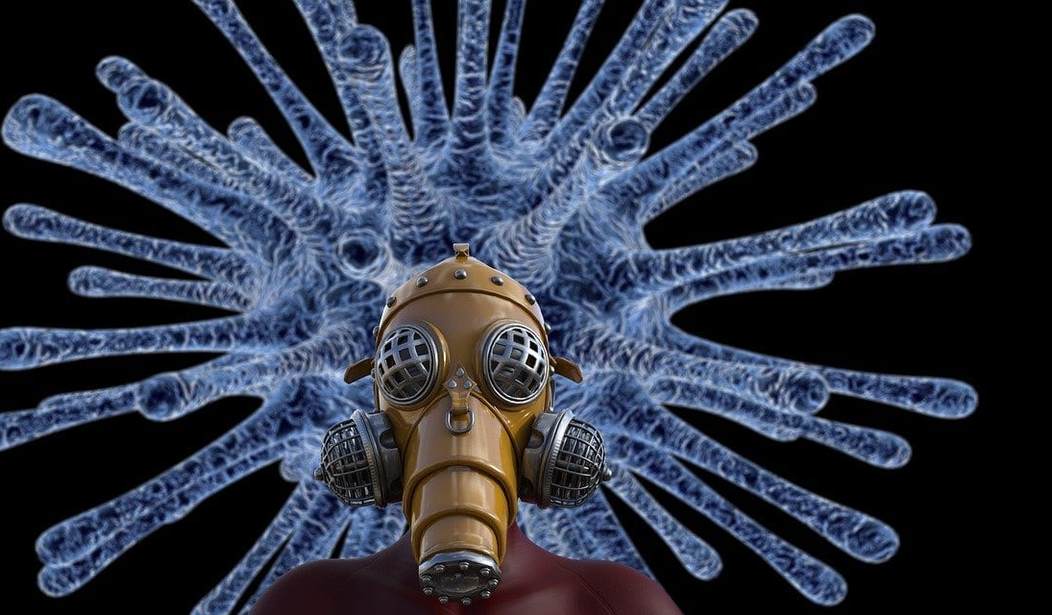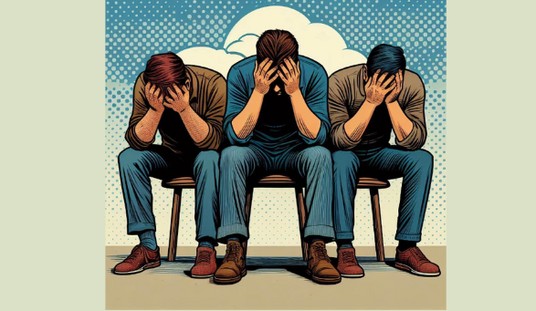This is a question on a lot of people’s minds. Sadly, I won’t be able to give an exact date because the actual date will depend on a lot of other things, like if everyone has 237 rolls of toilet paper stashed behind the couch. But we have a good way to talk about it; however, warning, there will be math.
Here’s the real answer, and no it really doesn’t depend on how many rolls of toilet paper you have. The virus will be contained when R0 is less than 1. That’s what to look for: R0 < 1.
“Fine,” you say, “what is R0?”
R0, usually pronounced “R-naught,” is the basic reproduction number for any infectious disease. It’s not really complicated: for every person who has a disease, some number of people will contract the disease. That number is R0. So, if on average one case of coronavirus infection leads to three more cases, then R0 = 3.
That doesn’t mean that each person with the virus will infect exactly three more people, though. It’s a statistical number — basically an average. So an R0 of, say, 2.2 is meaningful — you’re not really saying that each person infects two whole people and 0.2 others, you’re saying that five infected people will be expected to infect 11 others.
While the number isn’t complicated, computing it is. Imagine you’re a coronavirus waiting for your big break. You’ve infected one person, but there’s nothing more important in life for a virus than to go viral. Infectivity is like dating — your first challenge as a hot young coronavirus is that not everyone you meet is open to dating you. The second challenge is that this means if you want to become viral, you have to get out and meet lots of people. The third challenge is even if you meet someone susceptible, and they go home with you, the relationship won’t last.
If we look at that mathematically, instead of by my cute-and-relatable-but-imprecise metaphor, this comes down to three factors.
(By the way, I’m using a nice paper by John Holland Jones at Stanford, but I’m going to resist using Greek letters.)
These three factors are:
- transmissibility — the number of infections per contact, or (infections/contact), which we’ll call t
- contact — how many contacts there are on average between an infected individual and susceptible individuals over time. So (contacts/time), which we’ll call c.
- and duration — how long someone who has become infected remains able to transmit the virus. So this is (time/infection) and we’ll call that d.
The number of new cases, R0, is proportionate to the transmissibility, times the number of contacts during the time it’s transmissible, times the length of time it is transmissible. So
R0 ∝ t × c × d
None of these three numbers are things we can directly measure, especially in the course of an epidemic spread, but we can take other information and estimate it using models. The key point here is that R0 by definition represents the number of new cases following an individual case.
That turns the progress of an epidemic into a familiar equation:
number of new cases = number of starting cases × R0n
where n is the number of “generations”.
If that doesn’t look familiar, look at your credit card bill. It’s the same way interest is calculated — (1+r)n. R0 here is just principle and interest.
This graph shows three cases: r0 = 0.9, R0 = 1.0, and R0 = 1.1. You can see that R0=1 is the magic number: if R0 is less than 1, the epidemic is dying out.
If we want to control an epidemic, then, what we need to do is reduce R0. We can do that by changing any of the three parameters of transmissibility, contact, and duration.
We can reduce transmissibility by making sure the virus doesn’t make contact with others, which means washing your damn hands — and most of the other advice, not touching your face and so on. Everything along those lines makes it that much less likely the virus will be transmitted.
We can reduce contact by, well, social distancing if you’re well, and self-quarantine if you know you’ve been exposed.
We reduce duration by quarantine, self or imposed, and with any luck, more effective treatments.
Notice that toilet paper isn’t on the list.
All of these things are affected by the rather draconian measure the People’s Republic applied, and the Johns Hopkins dashboard demonstrates the effect: the number of new cases is right around constant, which means R0 is somewhere close to 1.
There’s one other important thing to say about this that often gets left out: R0 is the number of new cases among susceptible people. A vaccine or an effective treatment — and there are hints both may be coming sooner than expected — will reduce the real R0 simply by reducing the susceptible population. All those people with asymptomatic cases reduce the susceptible population as well — you can’t actually catch it twice. That’s lowering R0. If someone is telling you there are a million zillion undetected cases, say “Yay!”
In the meantime, don’t look at the number of new cases, and right now don’t look even at the number of new cases a day, because as testing becomes more widespread, that’s going to balloon artificially. (But for the same reason, don’t panic about lots of new asymptomatic cases.)
And wash your damn hands.











Join the conversation as a VIP Member